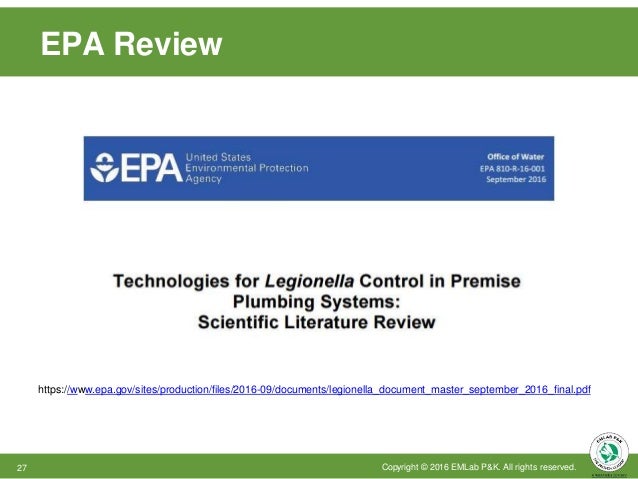Epa Design Manual Odor Corrosion Control Green

Design Manual. Fa404m Driver Windows 7. Municipal Wastewater Disinfection. Environmental Protection Agency. Office of Research and Development. Water Engineering Research. Control concepts. Then the actual process design factors, considerations, and experience are presented along with case histories, operation and mainte- nance.
Wastewater systems have long been subject odor and corrosion. The wastewater odor is the driving force behind implementing controls for these systems. Corrosion, however, has the greatest potential for environmental, systemic and economic harm. This damage can be in the form of burst pipes and other equipment failures.
Failures of this type require equipment repair and replacement, and they have the potential to expose the environment to releases of hazardous waste that may be difficult, if not impossible, to contain or recover. Corrosion caused by H 2S A major contributor to odor and corrosion in industrial systems is hydrogen sulfide (H 2S) and its associated compounds. Some industrial wastewater contains sulfur compounds, which provide the molecular basis for the generation of H 2S.
H 2S arises from the combination of anaerobic conditions and the presence of sulfites and sulfates with the slime layer – colonies of microorganisms present on the inner walls of all collection systems. Sulfate reducing bacteria (SRB) will use these compounds in the absence of free oxygen (O 2) for metabolism. They do not use the sulfur component, and it is available to react with water, specifically free protons (H +), resulting in the generation of H 2S. Following its generation, H 2S can be released into the atmosphere and find its way to receptors through junctions of the atmosphere and collection system, at which point it is an odor concern. H 2S is a colorless gas that has a characteristic rotten egg odor, is highly toxic and is corrosive to certain metals. It is heavier than air, meaning it can accumulate in wells, manholes and other similar locations with little ventilation.
Its effects on humans, at varying concentrations relative to ambient air, are shown in Table 1. Sulfuric acid is also a byproduct of anaerobic SRB – one of the primary causes of corrosion in collections systems. H2S health effects at different concentrations H 2S becomes a corrosion issue when it contacts moist concrete or steel, among other metals, in the presence of oxygen, even at very low gaseous concentrations. Conditions such as these are common in the headspace of some pipes and other areas where the collection system has easy access to atmospheric oxygen. SRB in these areas convert the H 2S into sulfuric acid, which then begins a destructive reaction with the infrastructure. Historically, control of odor and corrosion has been implemented through either vapor phase techniques, where the headspace of a system is treated, or liquid phase techniques, where treatments target the liquid flow. Vapor phase treatments like scrubbers do not provide corrosion control.